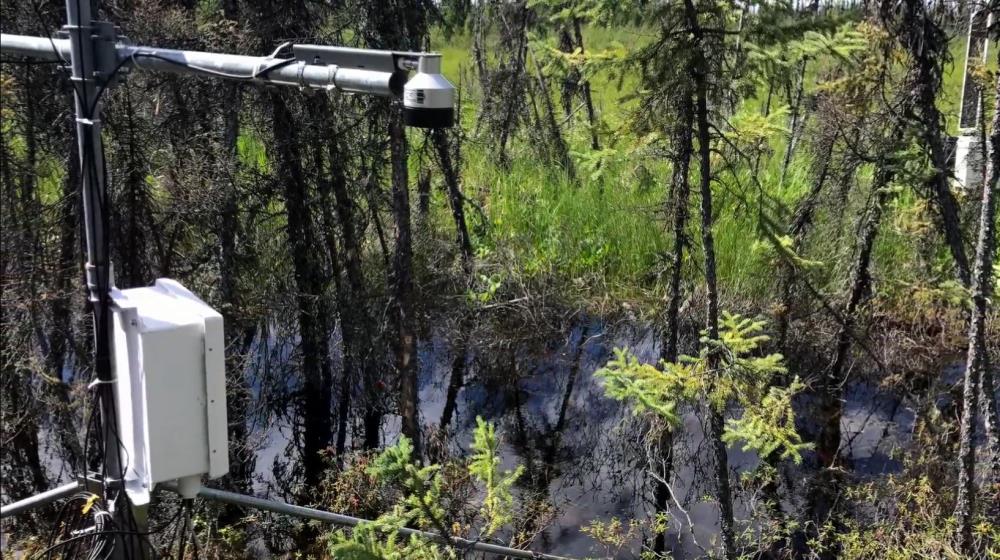
Related items loading ...
Section 1: Publication
Publication Type
Journal Article
Authorship
Abdelmoaty, H.M., S.M. Papalexiou, C.R. Rajulapati, and A .AghaKouchak
Title
Biases in CMIP6 Extreme Precipitation: A global Investigation with Historical Data
Year
2021
Publication Outlet
Earth's Future
DOI
ISBN
ISSN
Citation
Abdelmoaty, H.M., S.M. Papalexiou, C.R. Rajulapati, and A .AghaKouchak, (2021) Biases in CMIP6 Extreme Precipitation: A global Investigation with Historical Data, Earth's Future,
http://doi.org/10.1029/2021EF002196.
Abstract
Climate models are crucial for assessing climate variability and change. A reliable model for future climate should reasonably simulate the historical climate. Here, we assess the performance of CMIP6 models in reproducing statistical properties of observed annual maxima of daily precipitation. We go beyond the commonly used methods and assess CMIP6 simulations on three scales by performing: (a) univariate comparison based on L-moments and relative difference measures; (b) bivariate comparison using Kernel densities of mean and L-variation, and of L-skewness and L-kurtosis, and (c) comparison of the entire distribution function using the Generalized Extreme Value (urn:x-wiley:23284277:media:eft2902:eft2902-math-0001) distribution coupled with a novel application of the Anderson-Darling Goodness-of-fit test. The results reveal that the statistical shape properties (related to the frequency and magnitude of extremes) of CMIP6 simulations match well with the observational datasets. The simulated mean and variation differ among the models with 70% of simulations having a difference within urn:x-wiley:23284277:media:eft2902:eft2902-math-000210% from the observations. Biases are observed in the bivariate investigation of mean and variation. Several models perform well with the HadGEM3-GC31-MM model performing well in all three scales when compared to the ground-based Global Precipitation Climatology Centre data. Finally, the study highlights biases of CMIP6 models in simulating extreme precipitation in the Arctic, Tropics, arid and semi-arid regions.
Plain Language Summary
Section 2: Additional Information
Program Affiliations
Project Affiliations
Submitters
Publication Stage
Published
Theme
Presentation Format
Additional Information
Modelling-Core, Refereed Publications


 GWFNet
GWFNet Master
Master Research
Research Map
Map
 Advanced
Advanced . . .
. . .

 Metadata Editor
Metadata Editor
 Record List
Record List
 Alias List Editor
Alias List Editor
 Legacy sites
Legacy sites